Ranking of the world's five largest coffee beans Arabica coffee brands list what coffee beans are the best

Professional coffee knowledge exchange more coffee bean information please follow the coffee workshop (Wechat official account cafe_style)
The world's three biggest drinks are cocoa, tea and coffee. Among them, coffee has been introduced into China for only more than one hundred years, but only in recent years, the development of coffee in China is getting larger and larger, the number of people who drink coffee is also getting larger and larger, and Qianjie coffee is also growing with it. Every time there are friends who have just entered the pit, they can name the beans from the famous producing areas of each continent.
Yejia Xuefei
Yejia Xuefei is familiar to many friends who have just come into contact with boutique coffee. Speaking of Yega Xuefei, it is a very familiar Ethiopian coffee bean. As we all know, Ethiopia is the birthplace of coffee. Yega Xuefei was originally a by-product area under the Sidamo region. Ethiopia is proud of the way and flavor of coffee beans produced in the town of Yejassefi, even naming beans from other producing areas in the name of Yejasuefi. As a result, Yega Xuefei was independent from the Sidamo producing area and formed its own faction.
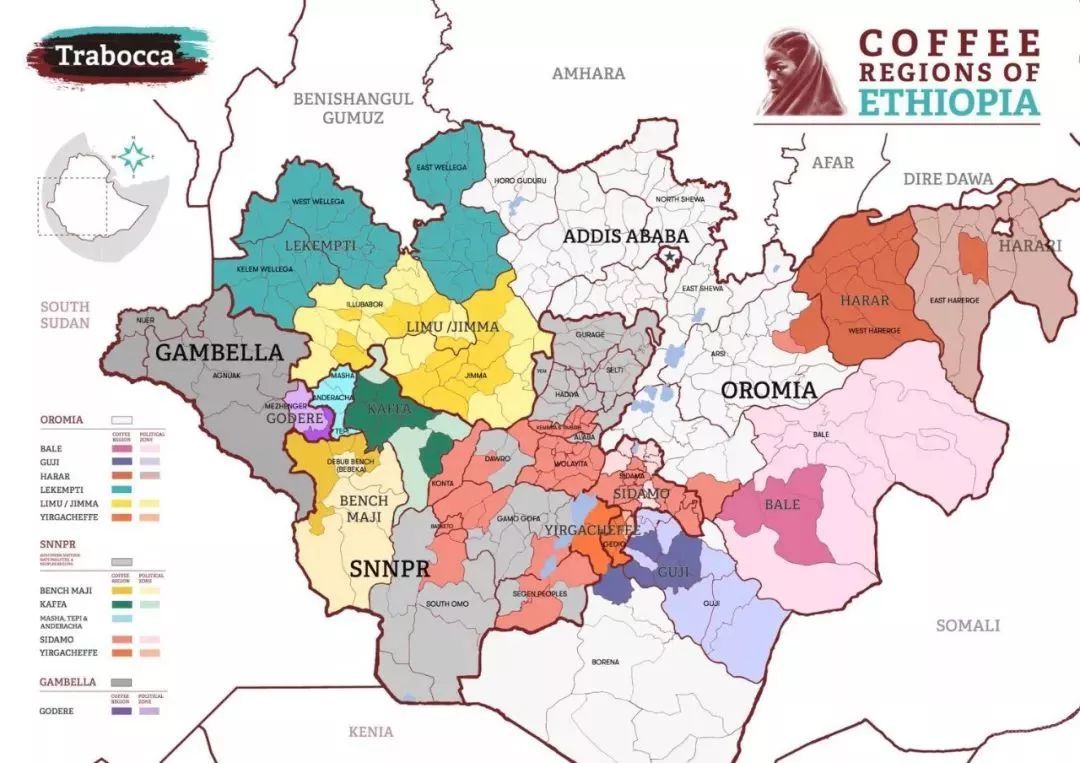
Needless to say, Yega Chuefei has rising acidity, clean taste and delicate floral aroma. In Han Huaizong's "boutique Coffee Studies", the description of Yejia Xuefei, Qianjie Coffee is very recognized, "Coffee entrance, flowers in full bloom." This is the case with Yega Xuefei Tintin in front of the street coffee.
Front Street Coffee Yega Chevy Fruit Ding Ding
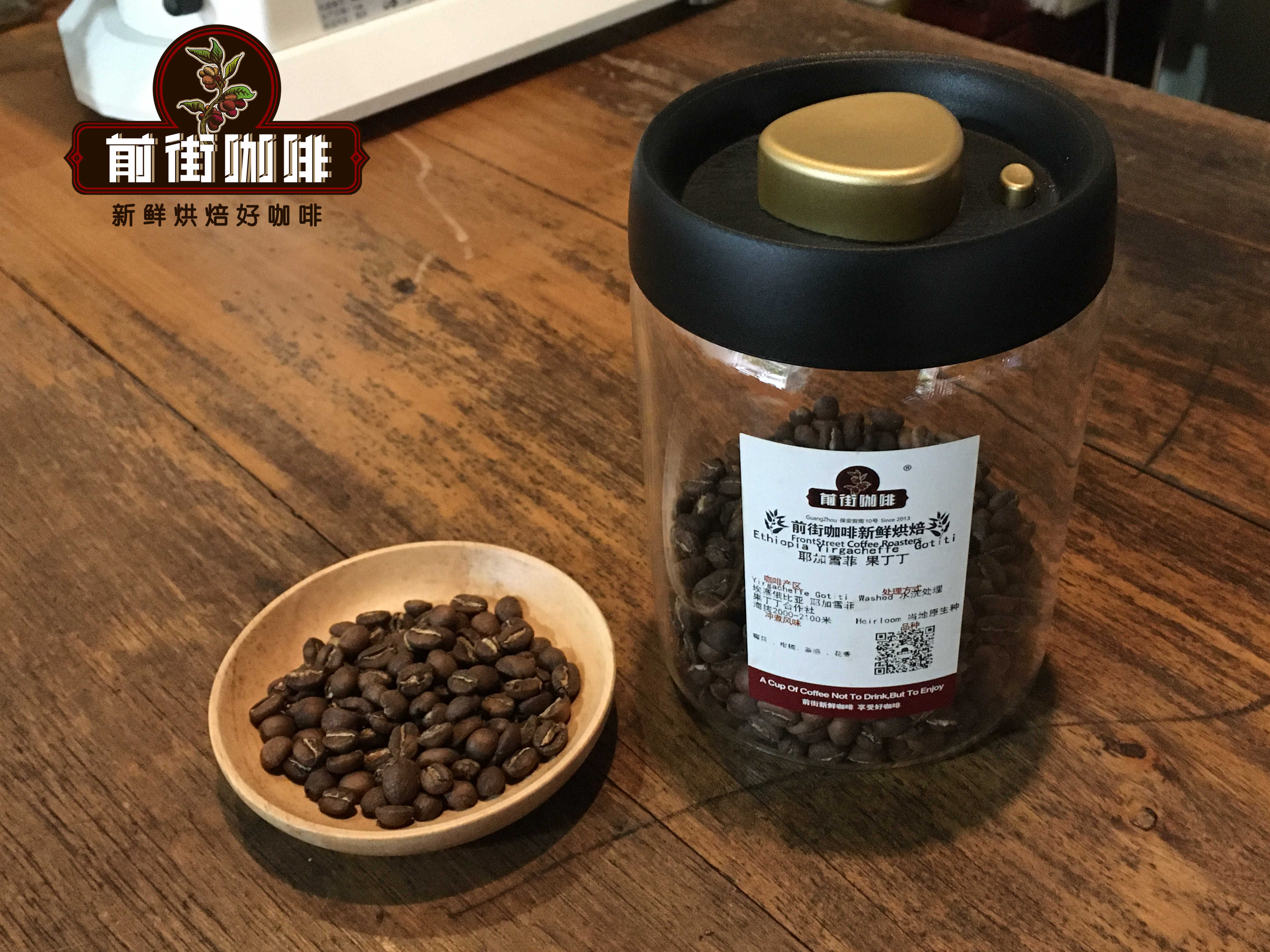
Producing area: Yega Xuefei, Ethiopia
Cooperative: Guoding Dingding Cooperative
Altitude: 2000m--2100m
Variety: native species
Treatment method: washing treatment method
Flavor: citrus, black tea, flower fragrance, cream, caramel, almond
Qianjie Coffee Fruit Ding Ding this bean, in addition to drinking Yega Xuefei's main flavor, but also can taste its tea taste, coupled with its citrus sour tone, really have the feeling of drinking lemon tea. If you like lemon tea, you might as well give it a try.
Kenya
Kenyan coffee is the god of many coffee gluttons and a pearl of Africa. The varieties of Kenyan coffee were first introduced in Bourbon and Kent in India, and later introduced the Jamaican Blue Mountain Iron pickup to grow in the Elgonne Mountains. Today, the most famous coffee beans in Kenya are SL28 and SL34. The two varieties were selected and developed from the National Agricultural Laboratory (formerly the Scott Coffee Institute) in Kenya.
SL28 is resistant to drought and insect pests and is suitable for planting in middle and high altitude areas. SL34 is suitable for planting in high altitude areas with sufficient rainfall. SL28 is similar to SL34 in flavor, but SL34 is richer in acid and more full-bodied.
The characteristic flavor of Kenyan coffee and the origin of the sour aroma of BlackBerry, in addition to the phosphoric acid-rich ingredients in the local soil of Kenya, there is also the most famous K72 washing treatment in Kenya.

K72 washing process: harvest coffee cherry peeling fermentation, fermentation for 24 hours, rinse with water. Soak in water and ferment for 24 hours, then rinse with water, so repeat 3 times. In order to achieve 72 hours of strong fermentation.
Front Street Coffee Kenyan Asalia coffee beans are washed with K72, which has a brighter and cleaner flavor. Its flavor is fuller.
Front Street Coffee Asalia, Kenya
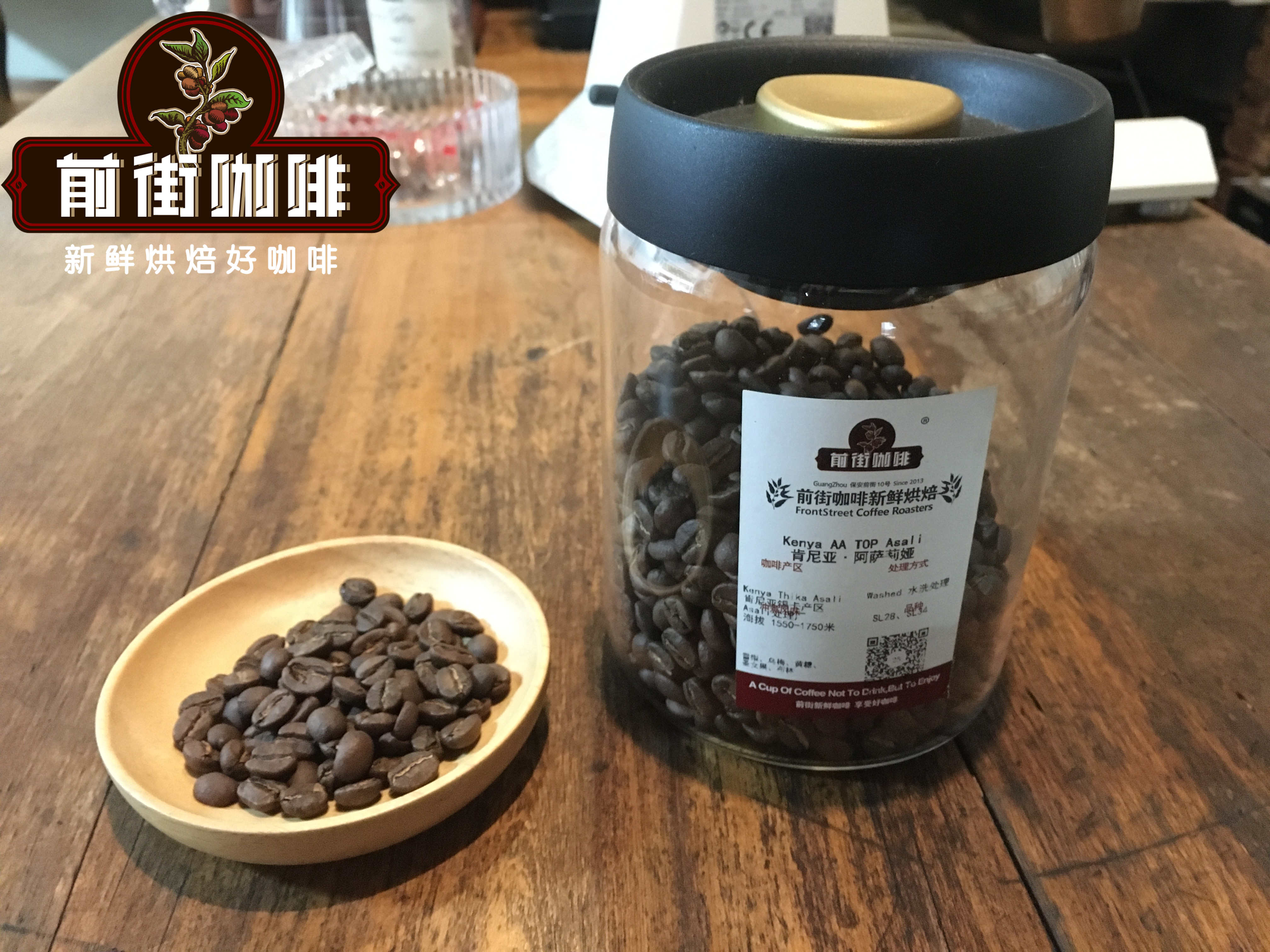
Producing area: Sika, Kenya
Processing plant: Asali processing plant
Altitude: 1550m--1750m
Variety: SL28, SL34
Treatment method: K72 washing treatment method
Flavor: Sydney, black plum, yellow sugar, virgin fruit, Brin
Brazil
Brazil ranks first in coffee production in the world. The cultivation of coffee in Brazil began more than 300 years ago. In the 1820s, a Portuguese captain in Brazil used a beautiful man to win the heart of the wife of the Governor of Cayenne in French Guinea and successfully brought coffee seeds to Brazil.
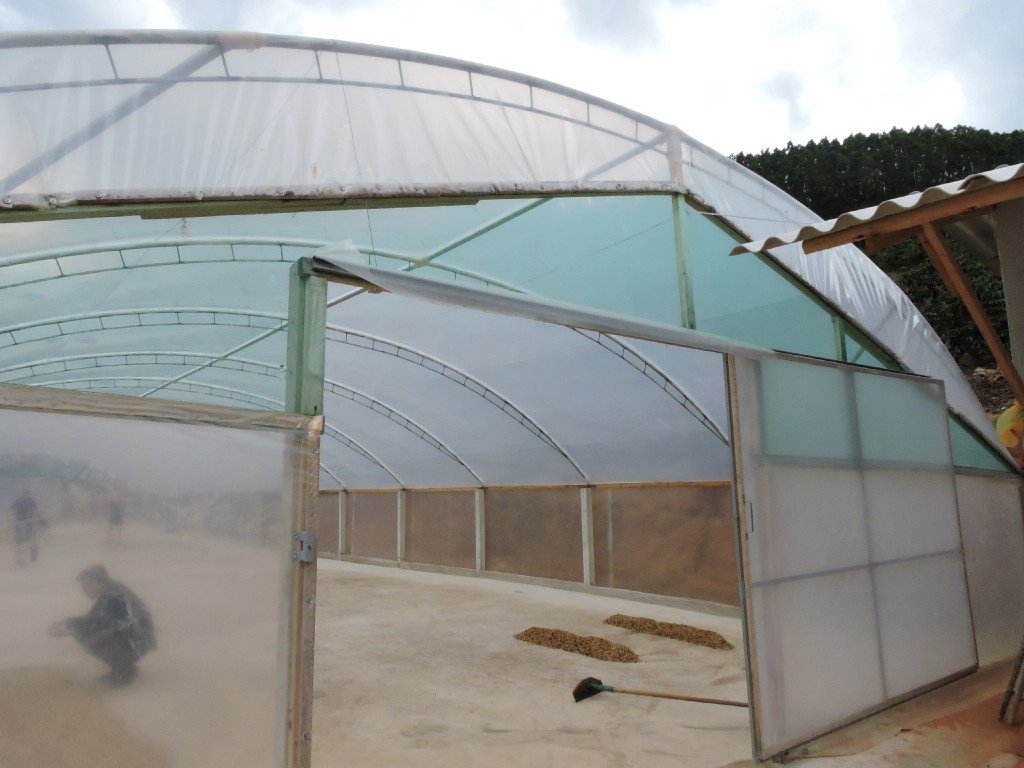
Due to the low altitude of planting in Brazil, between 400m and 1600 m, and the use of sun-exposed planting of coffee in Brazil, coffee cherries absorb enough calories to mature as soon as possible, resulting in low density and soft beans of Brazilian coffee beans. A soft bean flavor. In sharp contrast to African coffee beans, Brazilian coffee beans have low sour taste, heavy nutty flavor, sweet chocolate and mellow flavor, but slightly woody and earthy flavor, but not obvious floral and orange flavor. Baristas of Qianjie Coffee often recommend Brazil to friends who don't like sour, because Brazilian coffee is light and not easy to drink the domineering sour and orange aromas of African beans.
Qianjie Coffee Queen Manor of Brazil
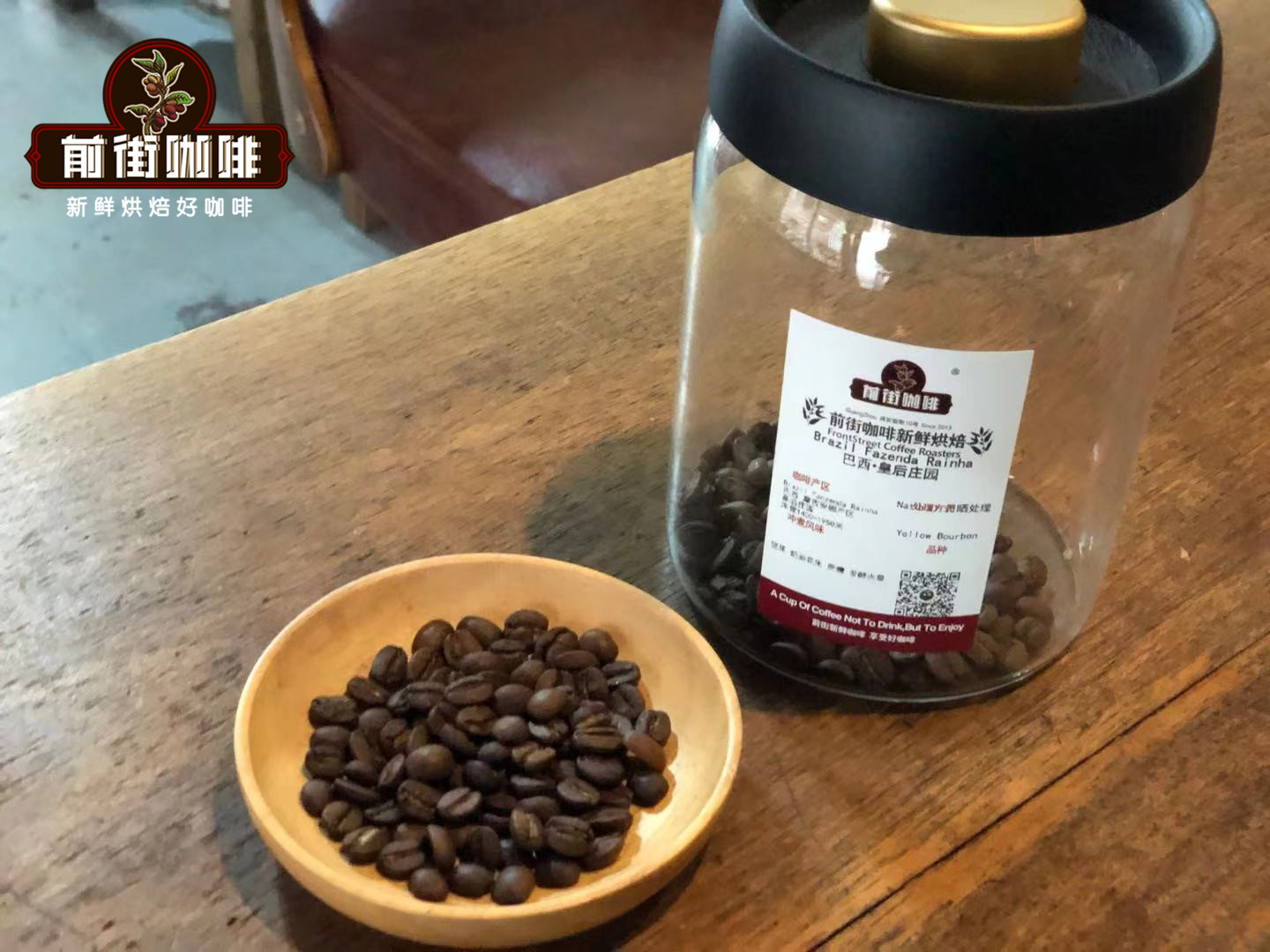
Producing area: Mojiana producing area, Brazil
Manor: Queen's Manor
Altitude: 1400m--1950m
Variety: yellow bourbon
Treatment method: sun treatment
Flavor: nuts, creamy peanuts, sucrose, fermented fruits
Indonesia
Indonesian coffee is familiar to many novice coffees. Among them, Kopi Luwak in Indonesia is famous for its scarce quantity and high price. Manning is the most accessible Indonesian coffee to the public.
Mantenin coffee is mainly produced in Sumatra, Indonesia. Mantenin coffee in Indonesia has a mellow and strong flavor and distinct personality. This unique flavor is related to the treatment of local coffee beans, because Indonesia is located in Southeast Asia, Rain Water is abundant all the year round, and the sunshine time is shorter than that of Ethiopia and Brazil, so it is easy to produce fermented beans or moldy beans by sun treatment; in addition, due to the limited local economic conditions, washing treatment needs to waste a lot of water. Therefore, Indonesia Manning mostly uses the semi-washing method with local characteristics, that is, the wet planing method.
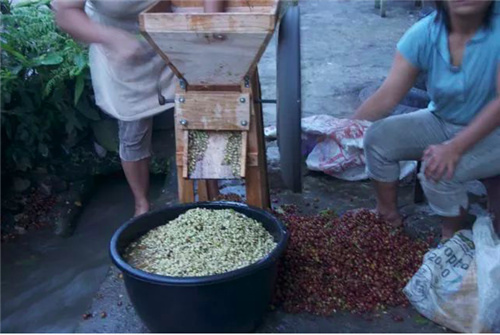
Wet planing method, also known as Wet Hulling, wet planing process: coffee cherries peeled, beaten and soaked in water for 1-2 hours, rub against each other to remove part of the pectin and dry for the first time, when the moisture content of coffee beans is reduced to between 20% and 35%. Coffee beans that have not yet solidified in the pectin layer are collected and sent to the processing plant for a second drying, which reduces the moisture content of the coffee beans to about 18%. After the second drying, the sheep skin was removed and dried for the last time until the moisture content was 11%.
Teacher Han Huaizong once described the flavor characteristics of wet planing coffee beans as follows: "this is also a rare treatment in the world, accidentally creating Mantenin's special low-acid, thick and smelly flavor." Qianjie has tested different wet planing Indonesian coffee beans over the years, the coffee has low acidity, thick taste, herbal spices and other unique flavor, but the disadvantage is that the quality is relatively unstable. Of course, the quality instability can not be completely caused by wet planing, in most cases, it may be caused by the relatively poor quality of some raw coffee beans.
Qianjie Coffee Indonesia Gold Manning
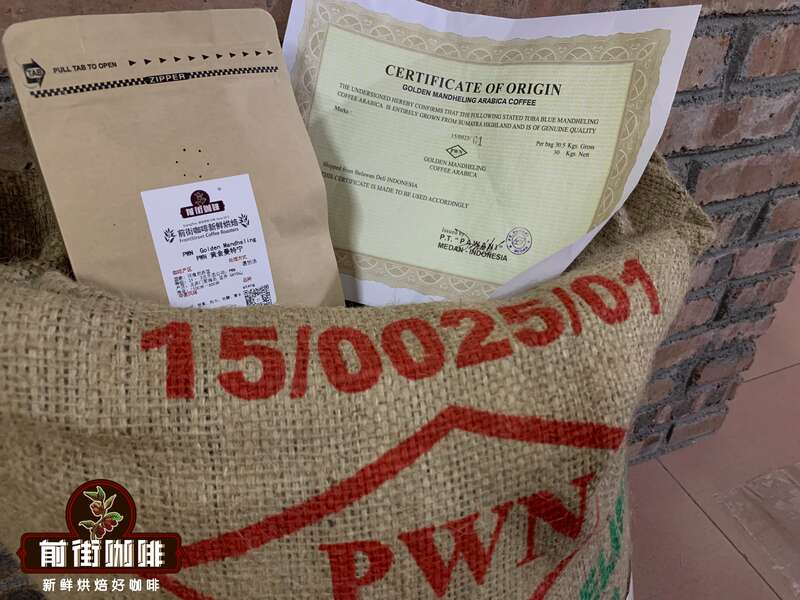
Producing area: Aceh Gayo Mountain, North Sumatra, Indonesia
Altitude: 1100m--1600m
Variety: Ateng
Treatment method: wet planing method
Flavor: spices, nuts, pine, caramel, herbs, chocolate
Panama
Nowadays, Rosa coffee is notoriously expensive. The reason why Rose Summer is famous is that the Emerald Manor in Panama is both the discoverer and the promoter of Rose Summer. Rose summer seed entered Panama in the 1960s, but after more than 40 years of keeping a low profile, it finally won the first place in BOP in 2004 and became the supreme treasure in the eyes of many boutique coffee lovers.
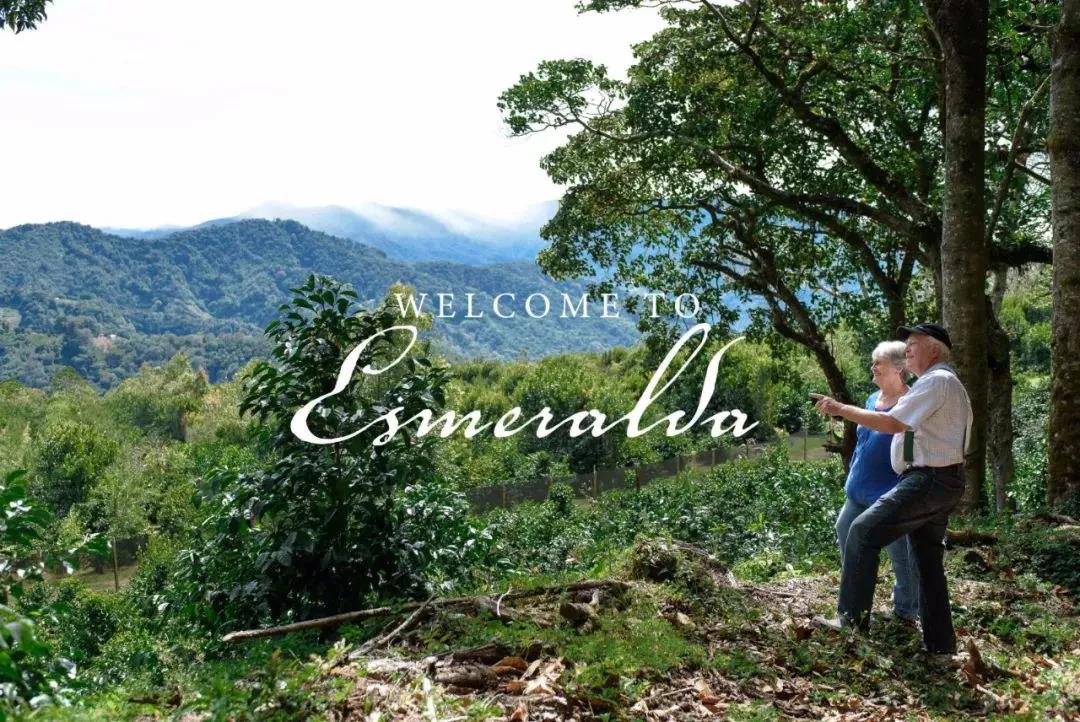
The delicate and elegant flavor of Rosa Variety comes from the specific planting environment. Rose summer varieties are very picky about the growing environment: high altitude, shade cultivation, fertile land. It is precisely these factors that the rosy summer coffee of Panama Emerald Manor on the front street coffee bean list has obvious floral aroma, delicate and elegant fruit acid, and such elegant flavor is also one of the reasons why it is so popular all over the world.
Qianjie Coffee Jade Manor Red Standard Rose Summer
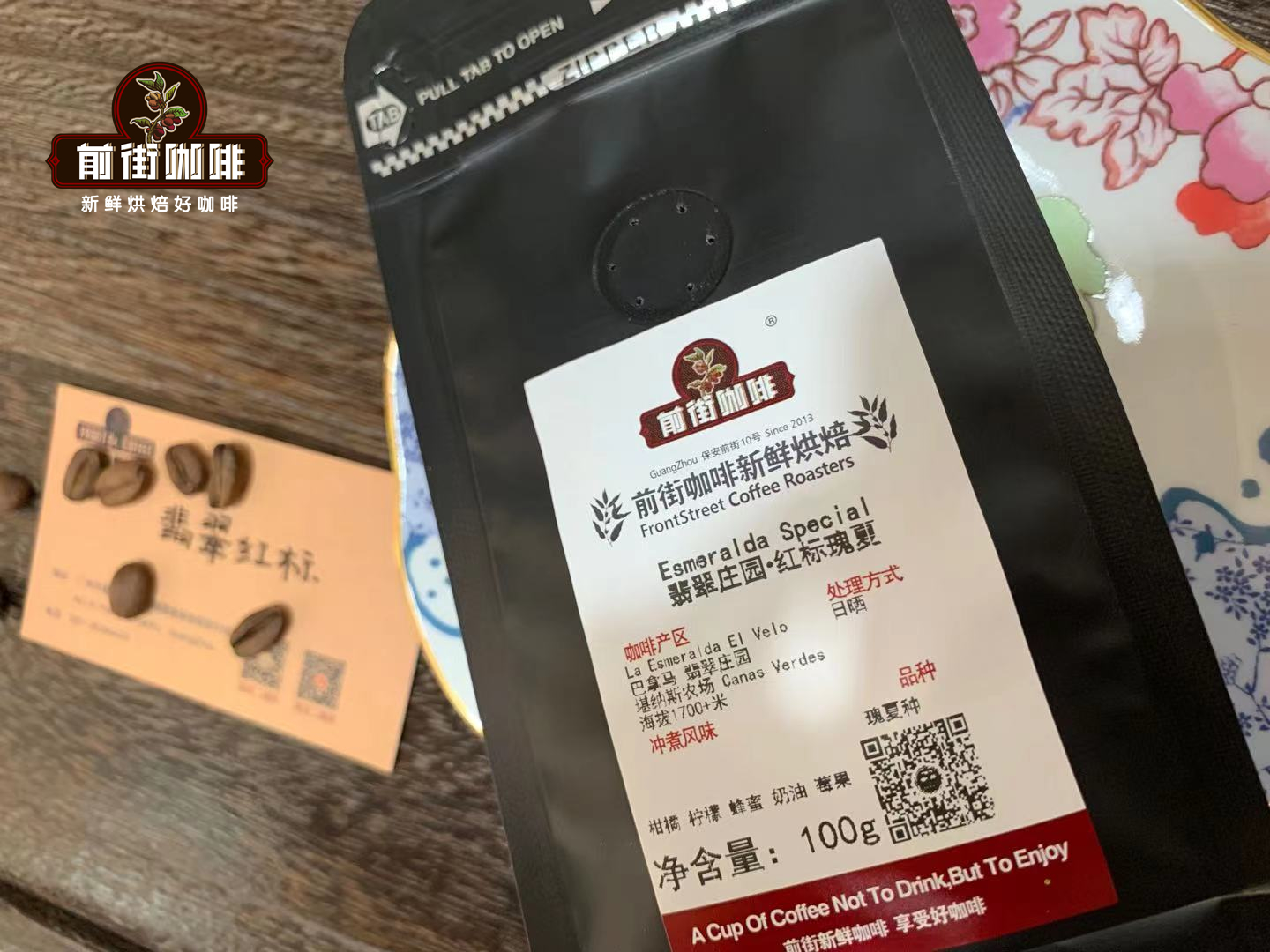
Producing area: Pokuit, Panama
Manor: Jade Manor
Altitude: 1700 km
Variety: rose summer seed
Treatment: insolation
Flavor: citrus, jasmine, honey, berries
Yunnan, China
In China, the history of tea is more than a thousand years longer than that of coffee, and the circulation history of coffee in China can be traced back to 1870. The history of coffee cultivation in Yunnan, China is controversial, one is 1902, one is 1892, and the other is 1904.
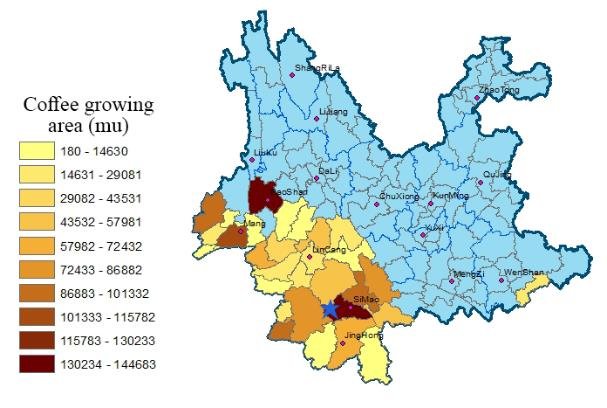
The coffee varieties in Yunnan were iron pickups at first, but with the opening policy, international brands such as Starbucks and Nestl é entered Yunnan to promote the cultivation of Katim varieties with strong disease resistance, high yield but poor flavor. Over time, Yunnan small-grain coffee, from the previous tin card species, evolved into today's Katim species.
The coffee growing areas in Yunnan are mainly distributed in the southwest of Yunnan Province: Lincang, Baoshan, Pu'er and Dehong. Lincang is bordered by Pu'er to the east, Dali to the north, Baoshan to the west, and Myanmar to the southwest. The annual average temperature in Lincang City is between 16.8 and 17.2 ℃. The dry and humid seasons are obvious and the sunshine is abundant. Qianjie Coffee has set up its own estate in Lincang. In 2021, Qianjie Coffee produced its first home-grown coffee beans.
Qianjie Yunnan Sun Iron pickup truck
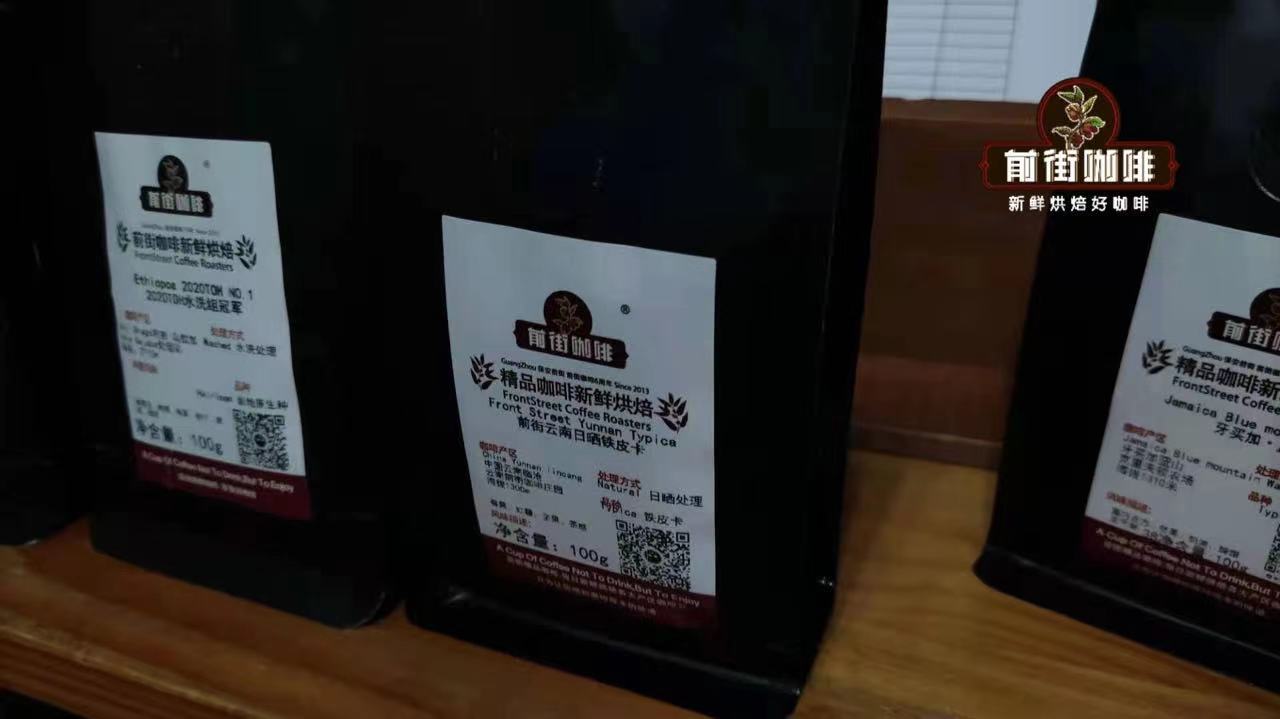
Producing area: Lincang, Yunnan, China
Manor: Yunnan Qianjie Coffee Manor
Altitude: 1300m
Variety: iron pickup
Treatment method: sun treatment
Flavor: berries, brown sugar, nuts, tea
For more boutique coffee beans, please add private Qianjie coffee on Wechat. WeChat account: kaixinguoguo0925
Important Notice :
前街咖啡 FrontStreet Coffee has moved to new addredd:
FrontStreet Coffee Address: 315,Donghua East Road,GuangZhou
Tel:020 38364473
- Prev
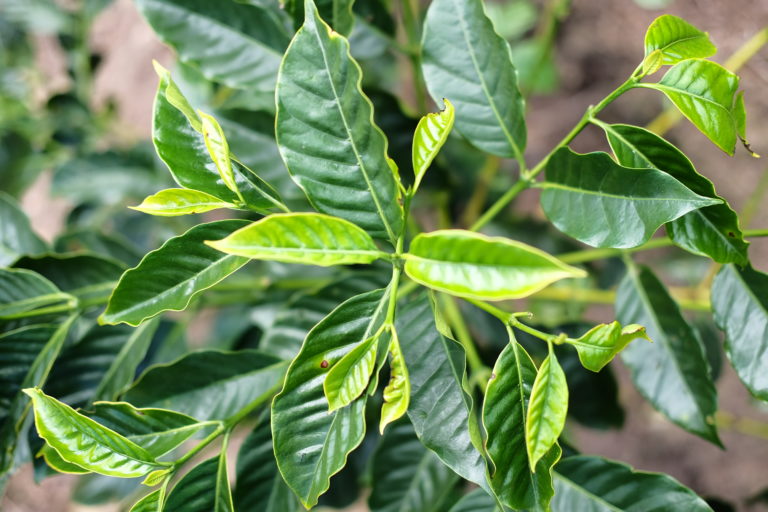
Embarrassing certified organic coffee--must there be "certification" to be truly "organic"?
Professional coffee knowledge exchange More coffee bean information Please pay attention to coffee workshop (Weixin Official Accounts cafe_style) busy pace, people began to stress health and fun, and "organic" gradually became a good choice in modern people's daily life, organic food is gradually becoming a trend. Through this article, coffee drinkers will take you to understand the story behind organic coffee. Ho
- Next
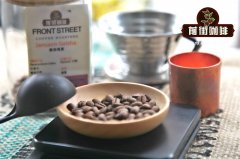
How do Salvadoran coffee beans taste? what is the reason for the good quality of Salvadoran coffee?
Professional coffee knowledge exchange more coffee bean information please follow the coffee workshop (Wechat official account cafe_style) El Salvador is coffee from the small country of El Salvador in South America. Compared with other kinds of coffee. The coffee here is light, fragrant, pure and slightly sour, and its flavor is characterized by excellent balance. It is a specialty of Central America. With sour, bitter, sweet and other taste characteristics, the best baking
Related
- Beginners will see the "Coffee pull flower" guide!
- What is the difference between ice blog purified milk and ordinary milk coffee?
- Why is the Philippines the largest producer of crops in Liberia?
- For coffee extraction, should the fine powder be retained?
- How does extracted espresso fill pressed powder? How much strength does it take to press the powder?
- How to make jasmine cold extract coffee? Is the jasmine + latte good?
- Will this little toy really make the coffee taste better? How does Lily Drip affect coffee extraction?
- Will the action of slapping the filter cup also affect coffee extraction?
- What's the difference between powder-to-water ratio and powder-to-liquid ratio?
- What is the Ethiopian local species? What does it have to do with Heirloom native species?

